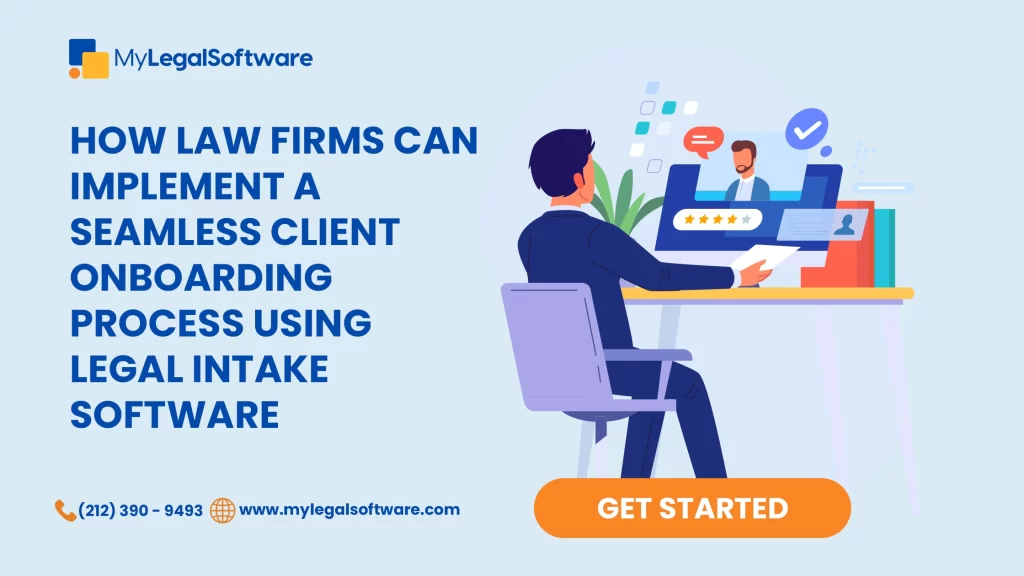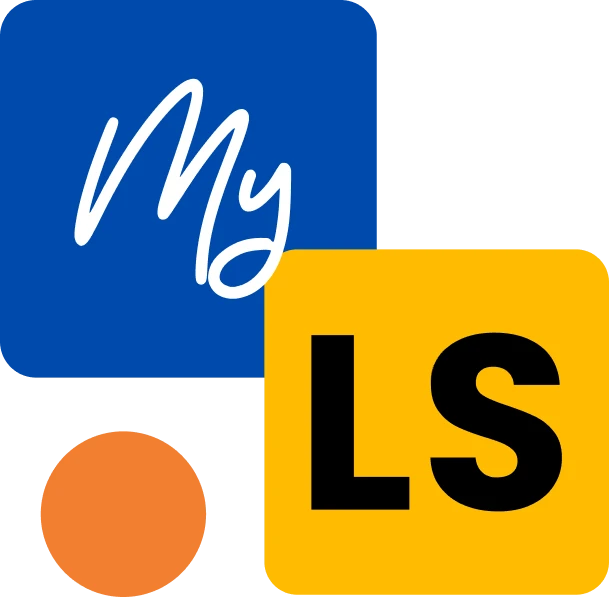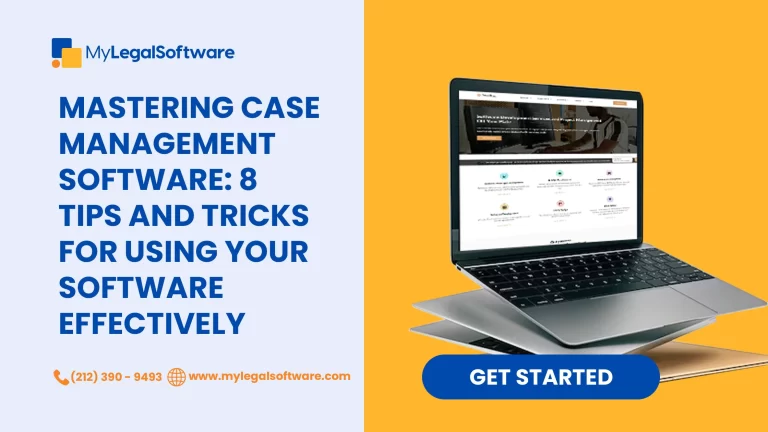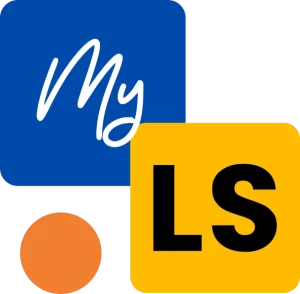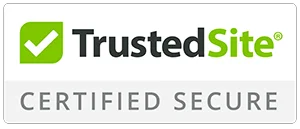When potential clients reach out to a law firm, the first impression is everything. A smooth, efficient client onboarding process can set the tone for a successful attorney-client relationship. But if that process winds up being stressful, complicated or slow, it can send clients running for the hills.
That’s where legal intake software comes in handy. With the right tools, law firms can transform a clunky intake process into a seamless experience. In this blog, we’ll explore how to optimize client onboarding using legal intake software, improve the client experience, and save your team time.
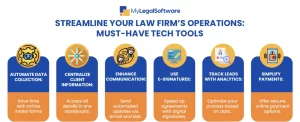
Why a Smooth Client Onboarding Process Matters
First impressions are powerful. A seamless client onboarding process not only impresses new clients but also boosts retention and referrals. Clients want to feel heard and cared for from day one. If your intake process is chaotic or slow, it might leave them questioning your efficiency and attention to detail.
Moreover, a streamlined process frees up your team’s time to focus on more important things like winning cases. The less time spent on tedious tasks like chasing down forms and double-checking details, the more time attorneys can spend on important tasks.
So, how can legal intake software help you achieve this? Let’s dive in!
Step 1: Simplifying Data Collection with Automation
Manual data entry is nobody’s favorite task. It’s time-consuming, error-prone, and even a little boring. Legal intake software solves this problem by automating this part of the intake process.
With customizable intake forms, potential clients can fill out their details online at their convenience. The information is then automatically synced to your case management system, removing the need for typing or deciphering messy handwriting.
Moreover, automated follow-up emails can ensure clients submit missing information without your team having to make countless reminder calls. This makes the client experience smoother and your team’s life much easier.
Step 2: Centralizing Client Information for Easy Access
Have you ever wasted productive time hunting down a client’s file or scrolling through endless email threads? With legal intake software, that chaos becomes a thing of the past.
A centralized dashboard stores all client information in one place—contact details, case notes, forms, and even payment status. This means anyone on your team can access the latest information instantly.
Additionally, this helps minimize the chances of something slipping through the cracks, keeping your intake process on point and your clients happy.
Step 3: Enhancing Communication with Clients
Good communication is the cornerstone of a positive client experience. Legal intake software can help by sending automated text and email updates to clients.
For example, clients can get instant notifications when their documents are received or when the next step in the process is coming up. This not only keeps them informed but also reduces the volume of “Just checking in” calls your team has to handle.
Consequently, clients feel more involved and assured that their case is in good hands.
Step 4: Using E-Signatures for Faster Agreements
Waiting for clients to print, sign, and return documents can drag out the intake process. Enter e-signatures—a feature offered by most legal intake software.
With e-signatures, clients can sign agreements right from their smartphones or computers in minutes. This speeds up the onboarding process and removes yet another roadblock between you and your clients.
Therefore, using e-signatures not only saves time but also makes the process more convenient for clients, showing that your firm values efficiency and modern solutions.
Step 5: Tracking Leads with Analytics
How do you know if your intake process is working or if potential clients are slipping away unnoticed? Legal intake software can track where leads are coming from, how they move through the pipeline, and where they might be getting stuck.
These insights allow you to optimize the process, ensuring more leads convert into actual clients. For instance, if analytics show that clients abandon the process after a lengthy form, you can simplify it.
Moreover, tracking lead sources helps you focus your marketing efforts on channels that deliver the best results, making your onboarding even more effective.
Step 6: Integrating Payment Options for a Smooth Finish
Imagine wrapping up a great intake process only to fumble when it comes time to talk payments. Legal intake software can prevent that by integrating payment options directly into the onboarding process.
Clients can pay retainer fees online securely and easily, eliminating the awkward follow-up calls about unpaid invoices. Additionally, offering multiple payment methods shows clients that your firm is professional and accommodating.
Finally, a smooth payment process is the cherry on top of a seamless client onboarding experience.

Overcoming Common Challenges in Implementing Legal Intake Software
Of course, transitioning to a new system isn’t without its challenges. Some firms worry about costs, training, or data migration. However, the long-term benefits—time savings, happier clients, and a more efficient workflow— outweigh the initial hurdles.
Starting with a free trial can help your team adjust before fully committing. Plus, most legal intake software providers offer customer support to make the transition easier.
Making the Case for Automation in Client Onboarding
If you’re still on the fence about adopting legal intake software, consider this: the legal industry is becoming more competitive every day. Clients now expect the same efficiency from law firms that they get from other service providers. Long wait times, redundant questions, and endless paperwork can push potential clients straight to a competitor with a faster onboarding process.
Automation is a game-changer here. By automating routine tasks—like sending follow-up emails, collecting information, and tracking leads—your team can focus more on building relationships and less on paperwork. Imagine greeting a new client with all their information neatly organized in your system, ready for a meaningful conversation rather than a data dump.
Moreover, automated workflows ensure that no step in the intake process is missed. For example, reminders can prompt your team to follow up on unsigned documents or incomplete forms, keeping the process moving smoothly.
Ultimately, embracing automation not only enhances the client experience but also boosts your firm’s productivity and bottom line. In a world where efficiency is king, using legal intake software could be the smartest move your law firm makes.
Want to know 5 Law Firm Marketing Strategies That Actually Work With Legal Intake Software? Go here.
Conclusion
A seamless client onboarding process isn’t optional; it’s a must for any law firm looking to stand out. By using legal intake software, your firm can automate data collection, centralize information, improve communication, and track leads effectively.
Ready to simplify your intake process and elevate your client experience? Start today by visiting MyLegalSoftware.com to explore our solutions and transform how you onboard clients!
Top 3 Frequently Asked Questions
What is legal intake software, and how does it benefit law firms?
Legal intake software is a tool that automates the process of collecting and managing information from potential clients. It helps law firms save time, reduce errors, and create a better client experience by streamlining the intake process.
Is legal intake software difficult to implement for small law firms?
Not at all! Many providers offer user-friendly setups and comprehensive support. Starting with a free trial can help small firms ease into the transition without disrupting their workflow.
How does legal intake software improve the client onboarding experience?
It automates repetitive tasks, offers e-signature capabilities, and keeps clients informed through automated updates. This makes the onboarding process faster, more convenient, and more professional.

